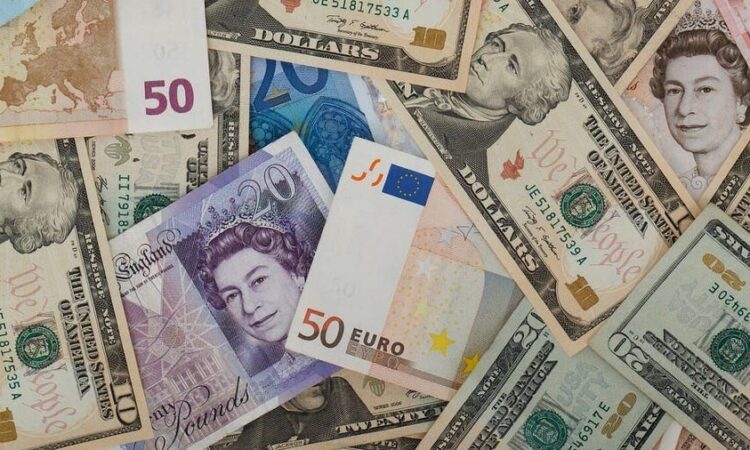
Foreign currency is traded in pairs, for example, buying US dollars with Australian dollars. As a result, currency is always priced relative to another currency, known as the ‘exchange rate’.
Most currencies are ‘floating’, meaning their value fluctuates depending on demand and supply. However, some currencies are ‘pegged’, which means their value relative to another currency (such as the US dollar) is fixed at an agreed rate. The Australian dollar, for example, was pegged to the US dollar until 1983, but now operates on a floating exchange rate, whereby the value of the Australian dollar rises and falls according to supply and demand factors.
Exchange rates affect the cost of goods and services in a foreign currency. For example, if the Australian dollar weakens against the US dollar, a holiday in the United States would cost more in AUD terms. As of November 30, one Australian dollar is worth exactly 66 cents, which is a far cry off from a little more than a decade ago when the AUD achieved parity with the greenback, and prompted a flurry of bookings to Hawaii.
Holidays aside, exchange rate movements also create an opportunity for investors looking to make a profit from trading in foreign exchange.
It’s also common for currencies not on this list to experience surges and dips based on their perceived risk or value. For example, the Polish zloty is the top-performing currency globally in quarter-to-date terms. Since the end of September, the PLN has gained 6.5% against the Euro and 10% against the US dollar.
“The Polish currency benefits from the post-election reshuffling of the perception of the future policy mix combined with expectations of (US) Fed rate cuts supporting risky currencies and assets,” market analyst at Conotoxia fintech, Bartosz Sawicki, notes.
Related: AUD to USD: Trends and Forecasts
Note that any form of market-based investment or speculation puts all your capital at risk. Investments can go up and down in value, so you may lose some or all of your money. Leveraged products such as contracts for difference are highly speculative and carry the additional risk of losing money beyond that originally staked.


